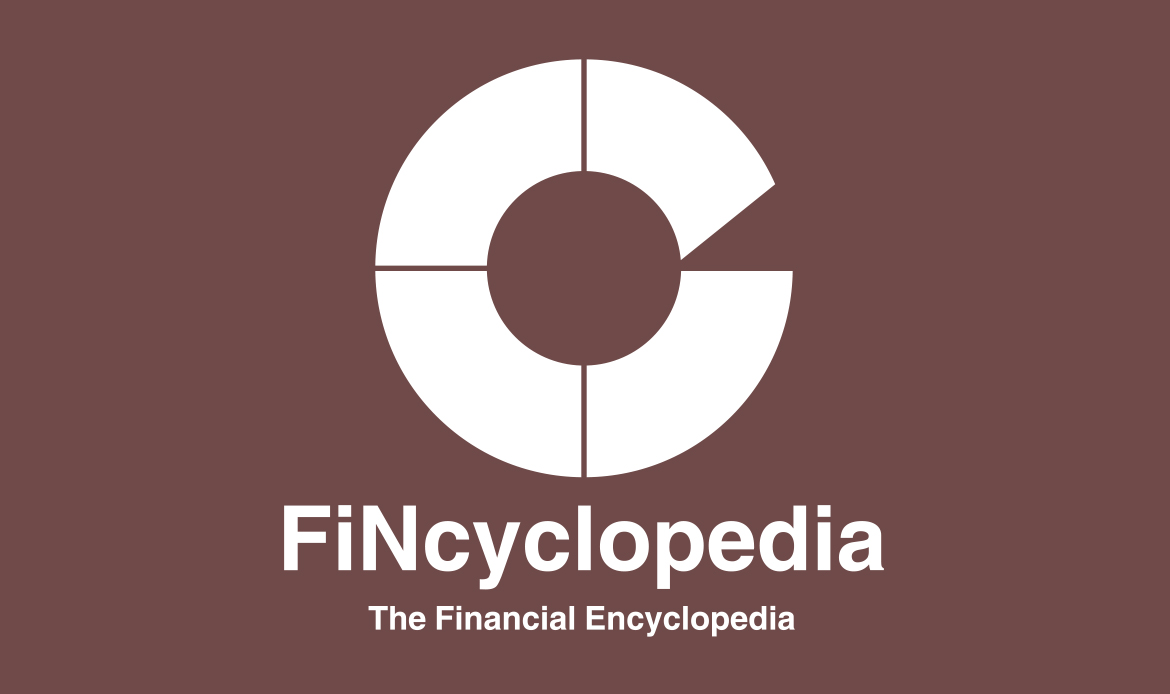In economics, stagflation or recessionary inflation is a situation characterized by high inflation rates, slow economic growth rate, and persistently high unemployment rates. Stagflation creates a catch-22 set-up, as policy markers, in their attempts to lower inflation, may unintentionally make unemployment worse.
Generally, any attempt to adjust one of the three factors involved (inflation, growth, and unemployment), other factors may be exacerbated, and things spin out of government control.
The stagflation phenomenon is usually observable in mixed economies that apply the principles of free market economy, and at the same time take certain regulatory measures. Stagflation results from measures such as attempts to maintain a minimum wage, provide unemployment subsidies and government aid, and take certain decision with respect to tax and monetary policy, etc. It follows that the economy would function in a distorted manner, as opposed to normal market economies where the law of supply and demand prevails.
The term “stagflation” is a combination of two terms “stagnation” and “inflation”. Economic stagnation is a prolonged period of slow economic growth, which is also characterized by high unemployment rates.


